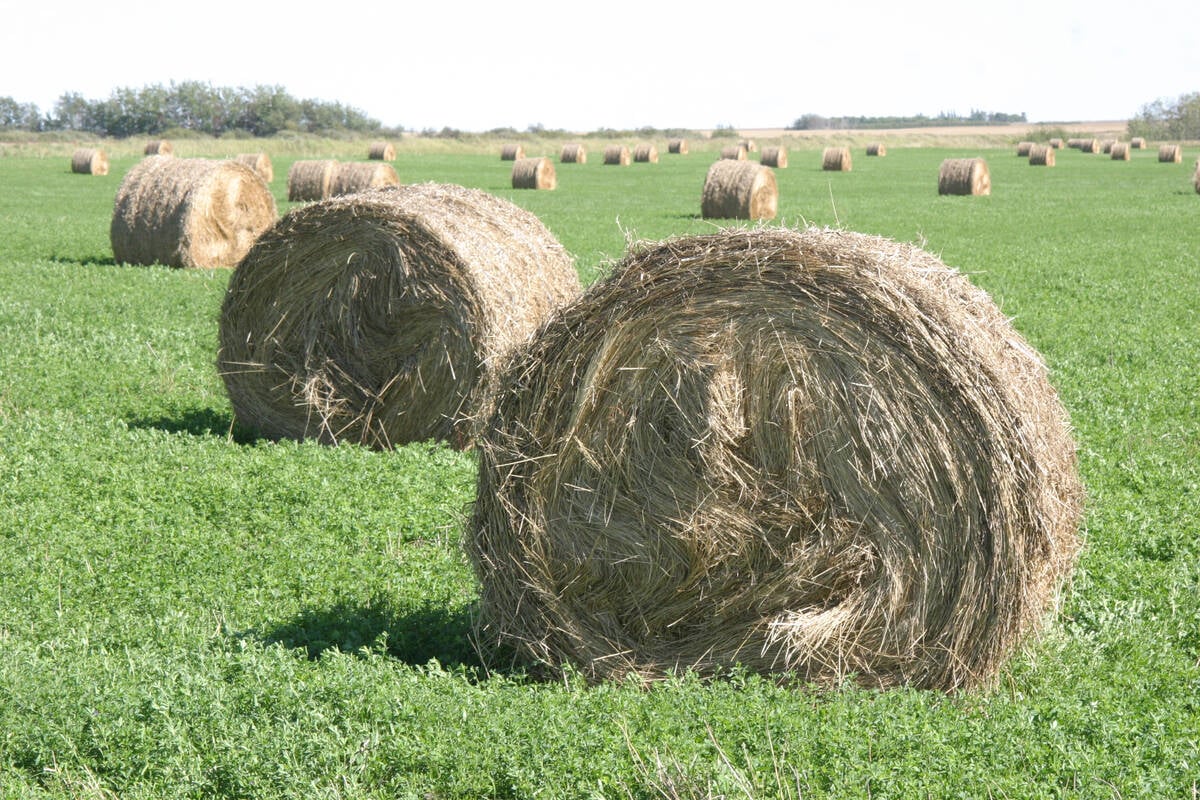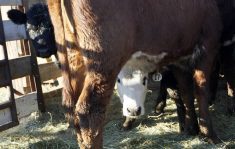The discovery of animal protein in grain- and vegetable-based feed has inspectors and feed mill officials trying to determine what went wrong.
Canadian Food Inspection Agency tests conducted between last January and March found minute traces of animal protein, said Serge Tolusso of the agency’s feed division.
Staff tested the animal feed to see if mills were complying with a ban on feeding matter from ruminant animals to other ruminants. They looked at 10-gram specimens collected from 10-pound samples of mixed feed. Under the microscope, traces of bone and muscle tissue appeared in what was supposed to be cereal- and vegetable-based feed.
Read Also

Breaking down successful winter feeding into six steps
It’s that time of year when it is important to start planning for a cow herd’s winter feeding program. Here are six steps I think are necessary to consider when getting your feed tested.
Analysts have been unable to determine what the material was and where it came from, said Tolusso.
The material may have entered the mills in loads of feed if trucks, rail cars or augers were not completely cleaned.
The discovery could lead to more inspections. Mills are now audited once a year. About 70 percent of Canada’s livestock feed mills have voluntary programs in place for hazard analysis critical control points.
“Part of what is proposed in the regulatory changes as far as the government is concerned is that we would need additional resources to do more frequent inspections in the animal food production chain.
“Having a formal presence more often would help us keep a better handle on what is going on,” Tolusso said.
Part of the recent regulatory proposal to remove from animal feed the material that is most at risk of carrying BSE, the so-called specified risk materials such as brain and spinal cord tissue, suggested dedicated feed mills to manufacture specific lines of feed for particular species. This could be costly for manufacturers.
“If that were to happen we’d be out of the feed business in this country and you’d find you would have to import feed. There are seven feed mills in this country that could run dual lines,” said Animal Nutrition Association chair Mike Cooper.
Kathleen Sullivan of the association said some conclusions were misleading in original news reports obtained through access to information documents. The association has asked the CFIA three times to see the documents, as well as meet to discuss these issues including the testing procedures.
“We’re not sure if there is a problem with these tests that needs to be resolved or that these tests are pointing out a particular problem,” she said.
“We have risk measures here in Canada to ensure ruminant protein doesn’t circulate into cattle feed and those include a requirement for our feed mills to clean their systems out, from receiving all the way to delivery, after ruminant materials are used in ingredients,” she said.
The association supports removing specified risk materials at the slaughterhouse to eliminate any chance they will enter the feed chain and contaminate cattle feeds.
That is not good enough for the Canadian Health Coalition.
“To this day, cattle blood, fat and gelatins are still going in cattle feed. We have to go beyond banning the SRMs and ban the cycling of all animal proteins,” said Bradford Duplisea of the coalition.
He sees these test results as part of a systemic problem with the CFIA and its ability to protect the Canadian food supply. It should not have the duties of inspecting, regulating and promoting agriculture.
“The agency is rife with problems. There are loopholes that are so big obviously mad cows can fall through them.”















